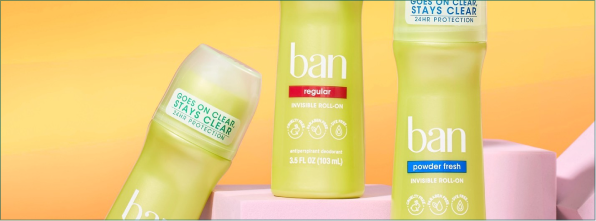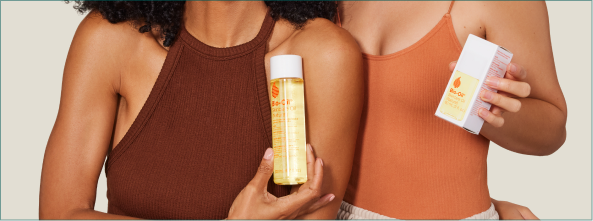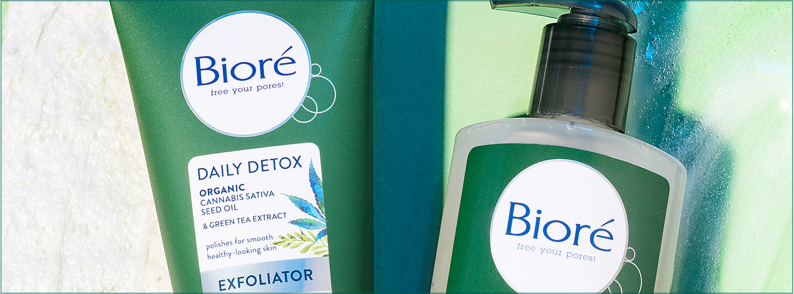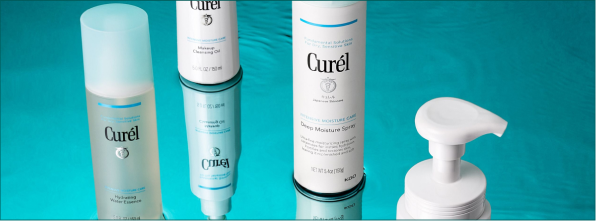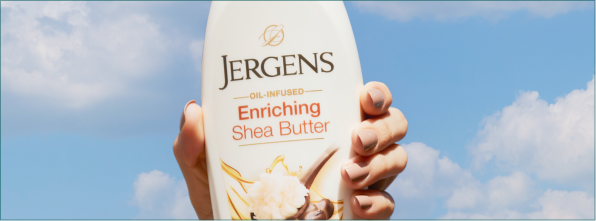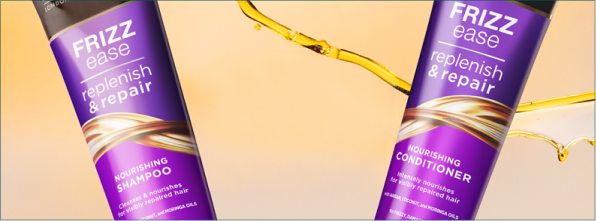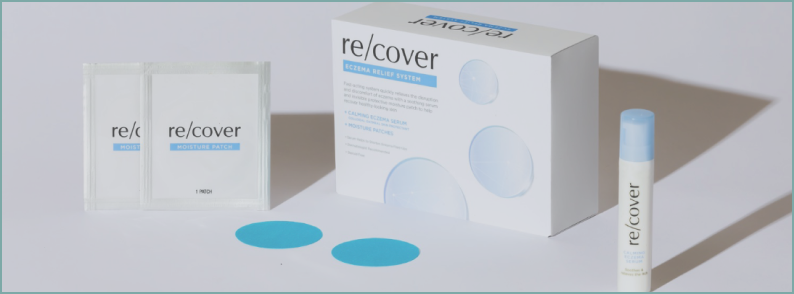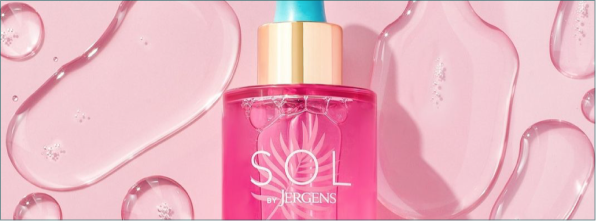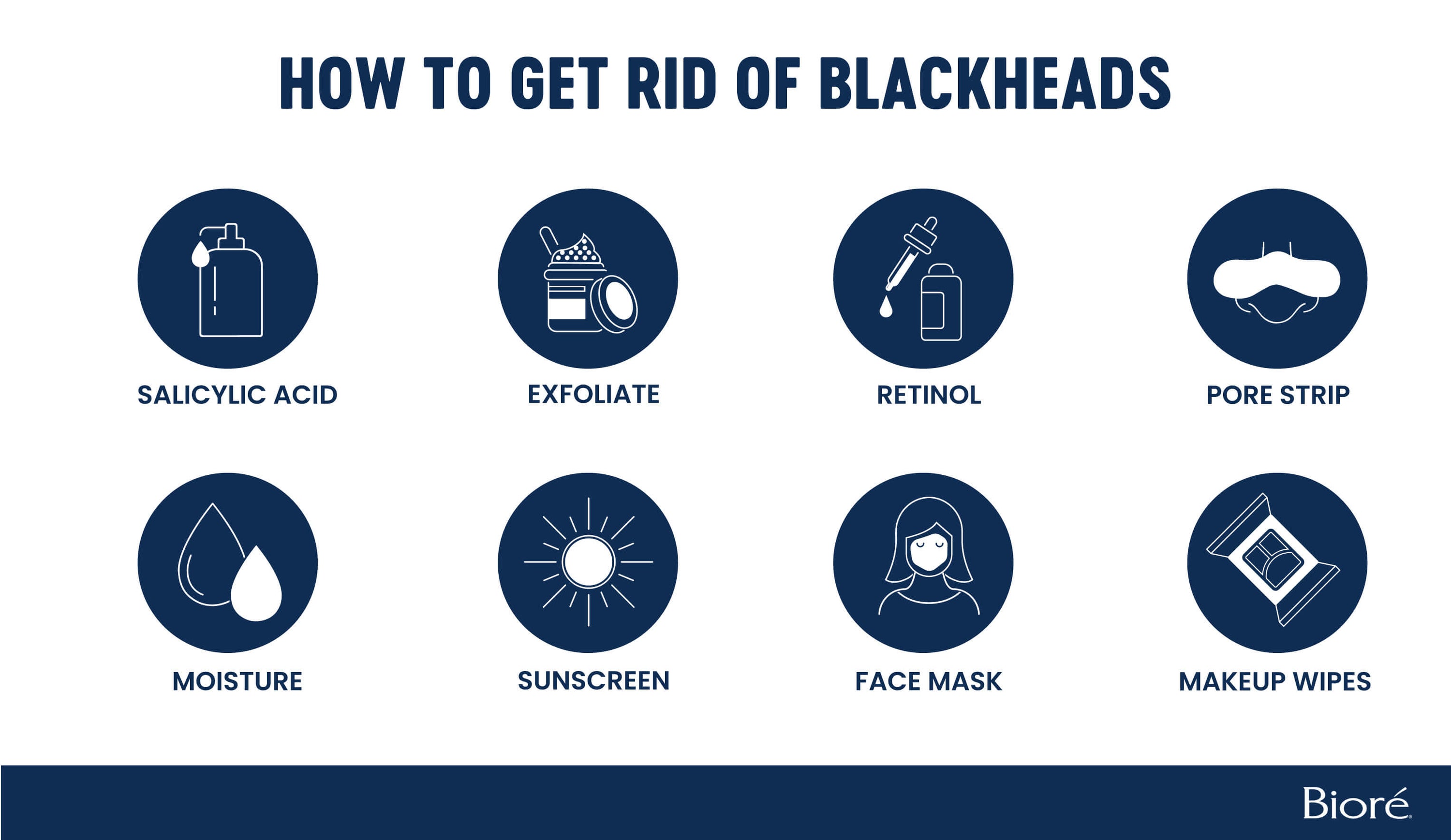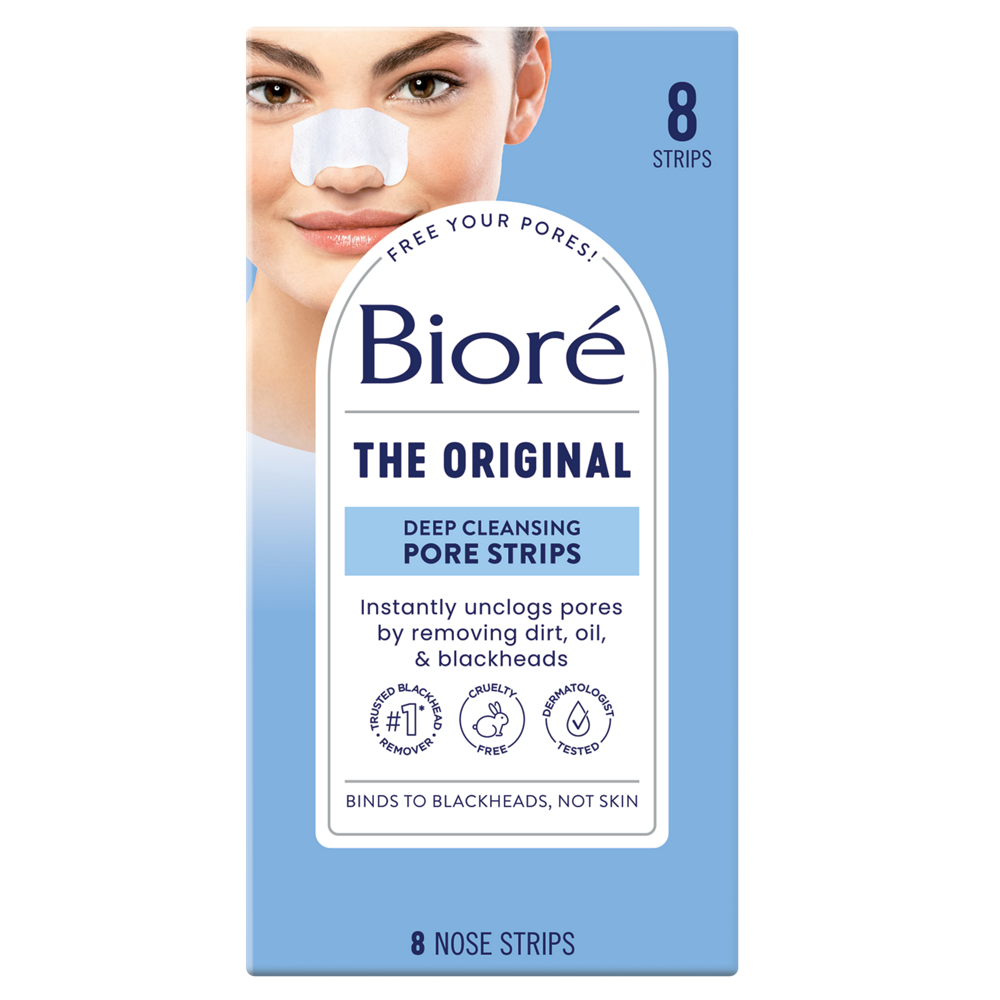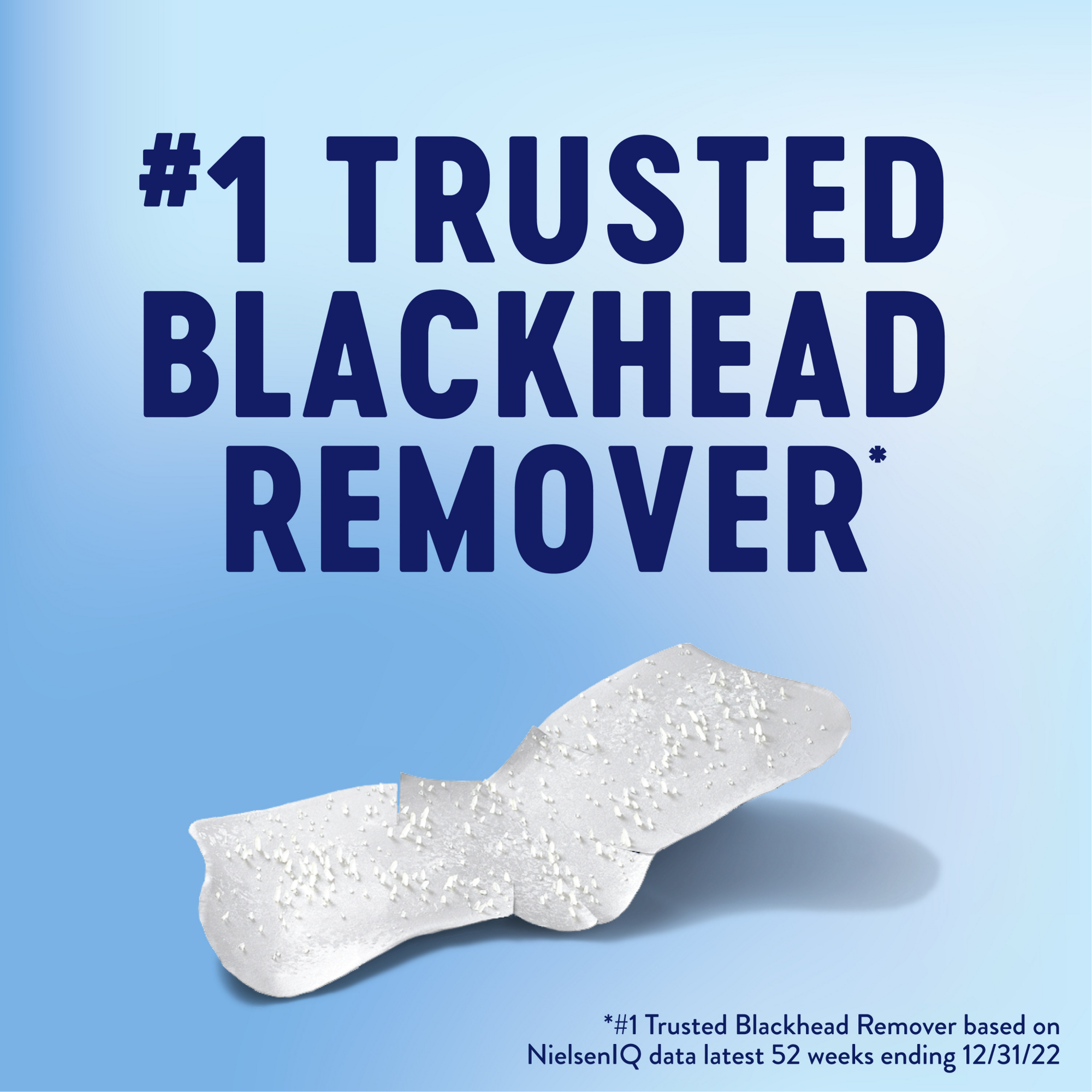How to Get Rid of Nose Pimples

If you have oily skin, you likely deal with nose acne on a regular basis. Breakouts here can be persistent and painful, making them difficult to eliminate. You can create an effective plan for treating this issue by learning:
Whether you experience pimples inside nose openings or on the skin's exterior surface, understanding what causes them and how to eradicate them is essential for clearer skin.
Different Types of Acne and Pimples
You can find pimples everywhere on your body, but they can be especially prominent on your nose. Here, the pores are larger, making them more prone to clogging. Your nose is also a part of your T-zone, where oil production is high.
Here, the pores are larger, making them more prone to clogging. Your nose is also a part of your T-zone, where oil production is high.
While pimples on the outside may be the most noticeable, they can also develop inside your nose, making this area of your face even trickier to deal with. Understanding which types of acne and pimples are affecting your nose can help you treat them more effectively.
Acne Rosacea and Acne Vulgaris
Acne rosacea, a type of rosacea, is a relatively common skin condition. It causes the following symptoms:
- Red, inflamed skin
- Bumps
- Increased visibility of your blood vessels
- A swollen nose
For many people, acne rosacea is genetic, but certain conditions can trigger an outbreak, such as exposure to heat or alcohol consumption. In general, this condition is easy to keep under control with routine skin care, and it responds well to acne treatment. However, any type of rosacea can get worse over time if you do not take steps to treat it.
Acne vulgaris, the medical name for common acne, is the result of a buildup of bacteria, dead skin cells, and sebum in your pores. It can cause blackheads, pimples, whiteheads, and cysts. Common acne can be the result of a hormonal imbalance, unhealthy diet, poor skincare routine, and elevated stress levels, just to name a few.
You may find either acne rosacea or acne vulgaris pimples on nose areas. You may even find a combination of the two around your nose and in other locations on your body. Still, identifying each type can help you choose the right products and techniques.
Types of Pimples
The term "pimple" is often used to describe a variety of clogged pores. Every type is different but is ultimately the result of buildup – a mixture of bacteria, oil, and dead skin cells – that has lodged itself within a skin pore.
- Blackheads are caused by buildup spilling out of the pores, creating a darkened appearance.
- Whiteheads are very similar to blackheads, except they are closed at the surface.
- Cysts are pimples with pus lodged deep in the skin. These can be large and very painful.
- Pustules are pimples with pus, usually with a white center.
- Papules are inflamed bumps, usually pink or red in color, but without the signature white center of a pustule.
Pimples Inside the Nose
Just like the skin on your nose, the inside of your nose can be a breeding ground for various types of pimples. The most common causes for pimples in nose areas include:
- Excessive rubbing of the nose
- Ingrown hairs
- Clogged pores
However, there are some skin conditions that you may mistake for pimples inside your nose. Nasal furuncles are boils lodged deep in the nose that can lead to a more concerning skin infection: cellulitis. This condition can infiltrate the bloodstream, allowing it to spread throughout the body. Staph bacteria, Streptococcus bacteria, and methicillin-resistant Staphylococcus aureus (MRSA) can contribute to nasal furuncles.
Nasal vestibulitis is the development of white or red bumps located at the nasal vestibule. It can be accompanied by pain, redness, or furuncles. It is a result of the bacteria Staphylococcus (staph), which can be introduced while aggravating the nasal tissues. Nose piercings or excessively blowing your nose can lead to nasal vestibulitis.
How To Get Rid of Nose Pimples
Shop Blemish Patches
Dealing with nose acne often requires a holistic approach. Focusing on each of these areas can help control and prevent breakouts for healthier skin and fewer pimples on your nose.
Skincare for Pimples on the Nose
If you don't already have one, you'll need to develop a solid skincare routine to combat nose acne. Follow these tips as a starting point, but you can include additional steps, such as masks and spot treatments as needed.
- Cleanse regularly
Don’t wash your face excessively; it will irritate your skin and remove too much oil. When this happens, your glands will overcompensate, creating excess buildup in your pores and restarting the acne cycle.
Do not try to wash the inside of your nose to treat the pimples there. Instead, wash thoroughly on and around your nose.
2. Exfoliate weekly
Exfoliating will get rid of dead skin cells, clearing your pores from excess buildup.
Exfoliate one to three times per week; you can choose how often based on how your skin reacts to frequent exfoliation.
Salicylic acid is a popular chemical exfoliant. Many recommend using salicylic acid as a key ingredient in a skincare routine for people with acne.
3. Moisturize daily
Do not skip out on moisturizing. This helps to hydrate your skin and maintain healthy, natural oil levels.
Moisturize every time after you cleanse and exfoliate.
4. Try pimple patches
Pimple patches are especially effective for less intensive acne, such as pus-filled pimples and whiteheads. They work by gently drawing out the pus and buildup from your pimples through the hydrocolloid dressing.
5. Use pore strips
Pore strips work well for blackheads. If your skin is experiencing inflammation, wait until this clears up before you use this type of product.
6. Keep your hands offYou should not pick at pimples inside your nose, because doing so can cause irritation and introduce more bacteria to the area.
Home Remedies
There are several ways you can reduce the pain and inflammation that come from nose pimples by using items you already have in your own home. These will not eliminate acne, but they can be a great way to offer fast relief.
- Ice: Wrap a clean piece of fabric around the ice and apply it to inflamed pimples on the nose to reduce redness. Do not apply ice directly to your skin, especially if you have sensitive skin.
- Warm compresses: For pimples inside the nose, apply a warm compress to alleviate pain. You can do this several times a day in 15-minute increments.
Lifestyle and Habits
If you want to know how to get rid of nose pimples, living a healthy life is just as important as your skincare routine. When you truly take care of your general well-being, you will see a visible difference in your overall complexion.
- Eat a healthy diet: Avoid options that can make breakouts worse, such as fatty or overprocessed foods. An anti-inflammatory diet may help improve symptoms while nourishing your skin.
- Sleep well: Your body needs plenty of rest to fight off bacteria while regenerating your skin.
- Manage stress in healthy ways: Elevated stress levels can make acne worse. Exercise, meditation, spending time with friends, or simply relaxing with your favorite activity can help.
- Drink plenty of water: This helps flush toxins out of the body while keeping your skin healthy and hydrated.
Seeing a Dermatologist
You should see a doctor if you notice your pimples becoming significantly larger or more painful. Dermatologists are also helpful for those with acne rosacea. They can prescribe beneficial treatments for your skin.
Key Takeaways
- Nose pimples can be caused by a variety of issues, from hormones to skincare routines to everyday health habits. Most are caused by acne vulgaris.
- You can get rid of nose acne by adopting a healthy skincare routine that includes regular cleansing, exfoliating, and moisturizing. Spot treatments and products that contain salicylic acid are also effective at treating breakouts. A dermatologist can help if you have severe or chronic acne.
- Live a healthy lifestyle and take good care of your skin to prevent nose pimples from developing in the future. Focus on building positive habits, eating a healthy diet, and managing stress levels. Use pore strips to eliminate buildup and keep your pores clear.
Nose acne can be frustrating. Fortunately, you have the power to stop and prevent pimples by prioritizing your skin and overall health. Remember, when it comes to having clear and healthy skin, consistency is the key. Use the right products on a regular basis and take care of your whole body for the best results.
